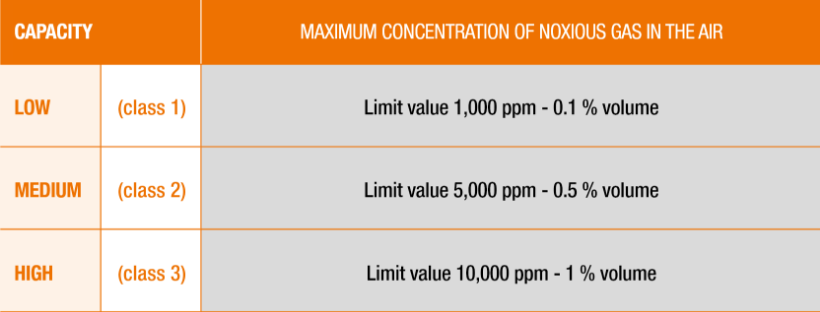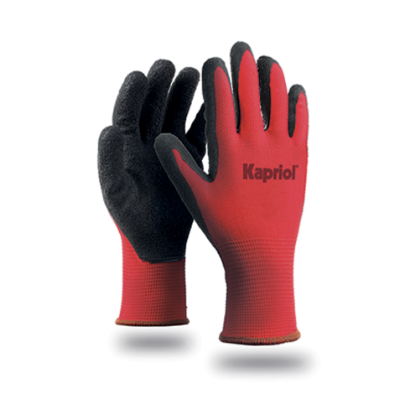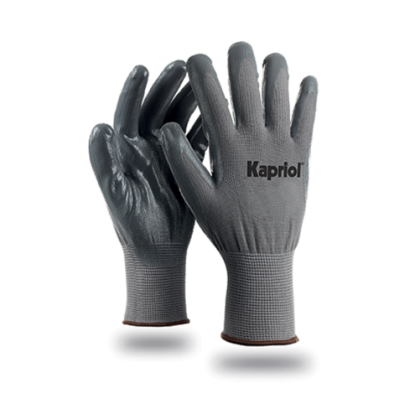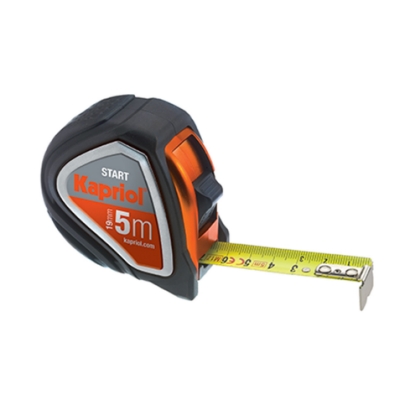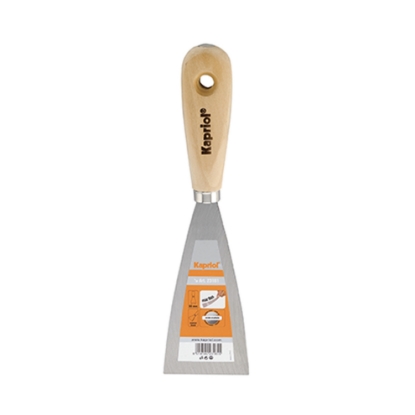| Art./Item | Pcs |
|---|---|
| 31271 | 1 |
A protective semi-mask made of soft silicone, designed to fit perfectly to any facial conformation, guaranteeing an excellent field of vision during use.
The Twin Fly protective mask provides comfort and protection against dust, gases and vapours depending on the level of protection of the filter fitted.
The high-quality, hypoallergenic silicone construction makes the Twin Fly mask easy to clean and comfortable to wear, while the closure clips allow the mask size to be adjusted.
TECHNICAL SPECIFICATIONS
- inhalation and exhalation valves
- support harness
- closing and adjusting clips
- wearable with goggles
MATERIAL
- Structure: silicone
Easy and fast to position
Half masks
How to choose the filter
Classi di protezione
Easy and fast to position, only 3 gestures
1. Pass the lower elastic behind the head
2. Position the support harness over the head
3. The mask must adhere to the face by pulling on the rear elastic bands
USABLE WITH GLASSES

Kapriol facial half masks comply with the reference standards EN 143 (dust) and EN 14387 (gas and vapors) and are particularly suitable in those workplaces where a high concentration of harmful substances persists. Very comfortable and suitable for prolonged use, they are combined with a good choice of easily interchangeable filters, which offer effective protection against the different types of risks to which the operator is subject, as dust, mists, fumes, gases or vapors.
The choice of the type of respiratory protection must be appropriate and must be made following an in-depth analysis of the type of risk present in the workplace. This assessment must be carried out by competent people, aware of the risks detected and the limits offered by the chosen device. You also need to make sure that the facial half mask is worn correctly.
The tables below describe the limits and performances by way of example. Before each use, the employer and users must ensure that qualified personnel indicate to them the PPE suitable for the specific use. The instructions for use for each product are contained on the packaging and on the instruction manual that accompanies each respiratory protection device.
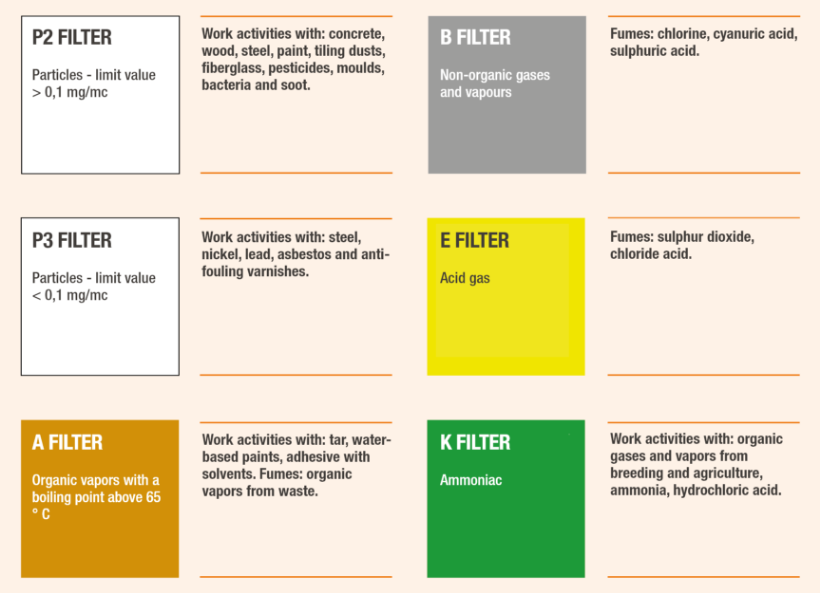
There are three protection classes for every type of anti-gas filter which differ according to capacity, a term that means the quantity of contaminant that the filter is capable of absorbing.
